Exploring War Through Animation: 10 Movies Like Persepolis (2007)
The animated film Persepolis (2007) stands out not only for its striking visual style but also for its poignant storytelling, which tackles themes of war, identity, and resilience. Based on Marjane Satrapi’s autobiographical graphic novel, it provides a unique perspective on the Iranian Revolution and its aftermath through the eyes of a young girl. If you found the blend of history and personal narrative in Persepolis compelling, you might enjoy these other war-themed animated films that also delve into similar themes of conflict, culture, and personal growth.
- Waltz with Bashir (2008) — This groundbreaking animated documentary captures the memories of an Israeli soldier grappling with the traumas of the Lebanon War.
- The Breadwinner (2017) — A tale of bravery and resilience, it tells the story of a young girl in Taliban-controlled Afghanistan who must take on a male identity to support her family.
- Funeral Parade of Roses (1969) — While not strictly a war movie, this avant-garde anime exposes the harsh realities faced by marginalized communities in post-war Japan.
- Mouse Guard (upcoming) — Based on the graphic novels, this animated feature draws parallels between a world of anthropomorphic mice and the struggles against war and survival.
- When the Wind Blows (1986) — This poignant film reveals the effects of nuclear war on a British couple, showcasing the emotional toll and the fragility of life.
- In This Corner of the World (2016) — Set during World War II, this film offers a vivid portrayal of life in Hiroshima and the impacts of war on everyday existence.
- A Cat in Paris (2010) — This enchanting animated film intertwines the lives of a young girl and a cat in Paris amidst the backdrop of a crime-filled city, subtly reflecting deeper societal issues.
- The Silent World (1956) — An Oscar-winning documentary exploring the ocean depths during a period marked by world conflict and discovery.
- Ernest & Celestine (2012) — Though light-hearted, this film brings forward themes of friendship amidst societal divides reminiscent of historical conflict.
- Persepolis: The Sequel (upcoming) — Fans of the original should look out for this sequel that aims to continue Marjane’s story amidst the evolving themes of culture and politics.
Each of these films, while distinct in style and narrative, captures the essence of human experience during turbulent times. They resonate with the powerful undercurrents found in Persepolis, making them worthwhile additions to your watchlist if you appreciate artful storytelling that doesn’t shy away from the realities of war.
10 Fascinating Facts About the 2007 Animated Film Persepolis
The 2007 film Persepolis is a stunning animated adaptation of Marjane Satrapi’s autobiographical graphic novel, which chronicles her life in Iran during and after the Islamic Revolution. This groundbreaking film not only captivated audiences with its unique animation style but also brought important social issues to the forefront. Here are 10 interesting facts about Persepolis that you might not know:
- Origin of the Story: Persepolis is based on Marjane Satrapi’s graphic novels, published between 2000 and 2003. The story reflects her childhood experiences in Tehran, providing a poignant perspective on life under an authoritarian regime.
- A Multilingual Film: The animated film features voice actors from various countries, with the original French version including famous names like Catherine Deneuve and Chiara Mastroianni, while the English version stars actors such as Michelle Obama and Gena Rowlands.
- Directorial Duo: The film was co-directed by Marjane Satrapi herself, alongside Vincent Paronnaud. Their collaboration brought authenticity and a personal touch to the adaptation, making it true to the spirit of the original comics.
- Animation Style: The animation in Persepolis is distinctively styled with black-and-white art, which reflects the stark and oppressive realities of the protagonist’s environment. This choice exemplifies the contrast between her inner thoughts and the outside world’s strictures.
- Cultural Significance: The film was praised for its representation of Iranian culture, particularly the experiences of women, offering a narrative often overlooked in mainstream cinema. It presents a nuanced portrayal of life in Iran that challenges stereotypes.
- International Acclaim: Persepolis received numerous accolades, including the Jury Prize at the Cannes Film Festival in 2007, helping to pave the way for an increased interest in animated films that tackle serious topics.
- Influence on Animation: The success of Persepolis helped legitimize this form of storytelling in animation, encouraging other filmmakers to explore personal and culturally significant narratives in a medium often viewed as purely for children.
- Exploration of Identity: Throughout the film, Satrapi delves into themes of identity, displacement, and personal growth, making it not just a historical narrative but a universal coming-of-age story relatable to audiences worldwide.
- Critical Reception: Critics lauded the film for its emotional depth and visual style, rating it highly on various platforms, including Rotten Tomatoes, where it boasts an impressive score of over 90%.
- A Lasting Legacy: Even years after its release, Persepolis continues to impact audiences and is used in educational contexts to discuss complex historical and social issues, solidifying its status as a modern classic in animated cinema.
Persepolis is not just an animated film but a powerful narrative celebrating resilience and the human spirit in the face of adversity. Its themes remain relevant today, making it a must-watch for anyone interested in understanding culture, politics, and personal identity through the art of animation.


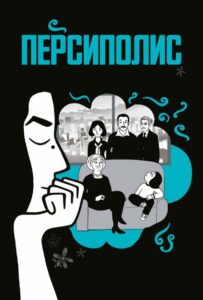



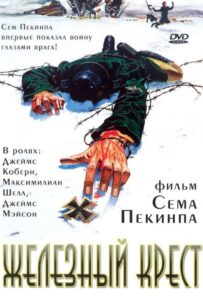


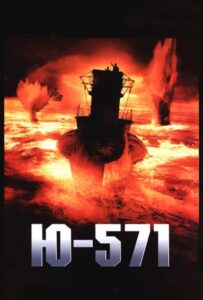


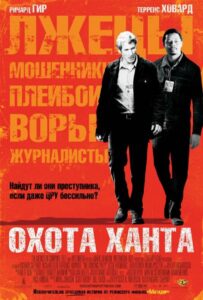



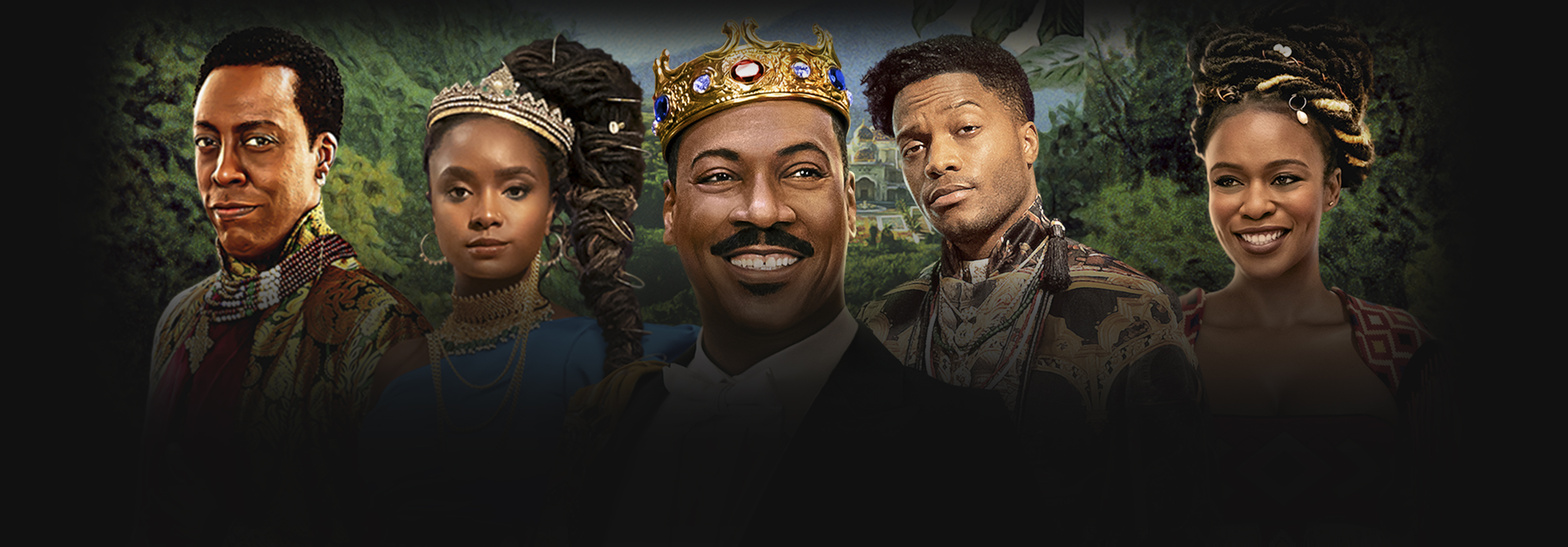
Оставь свой отзыв 💬
Комментариев пока нет, будьте первым!